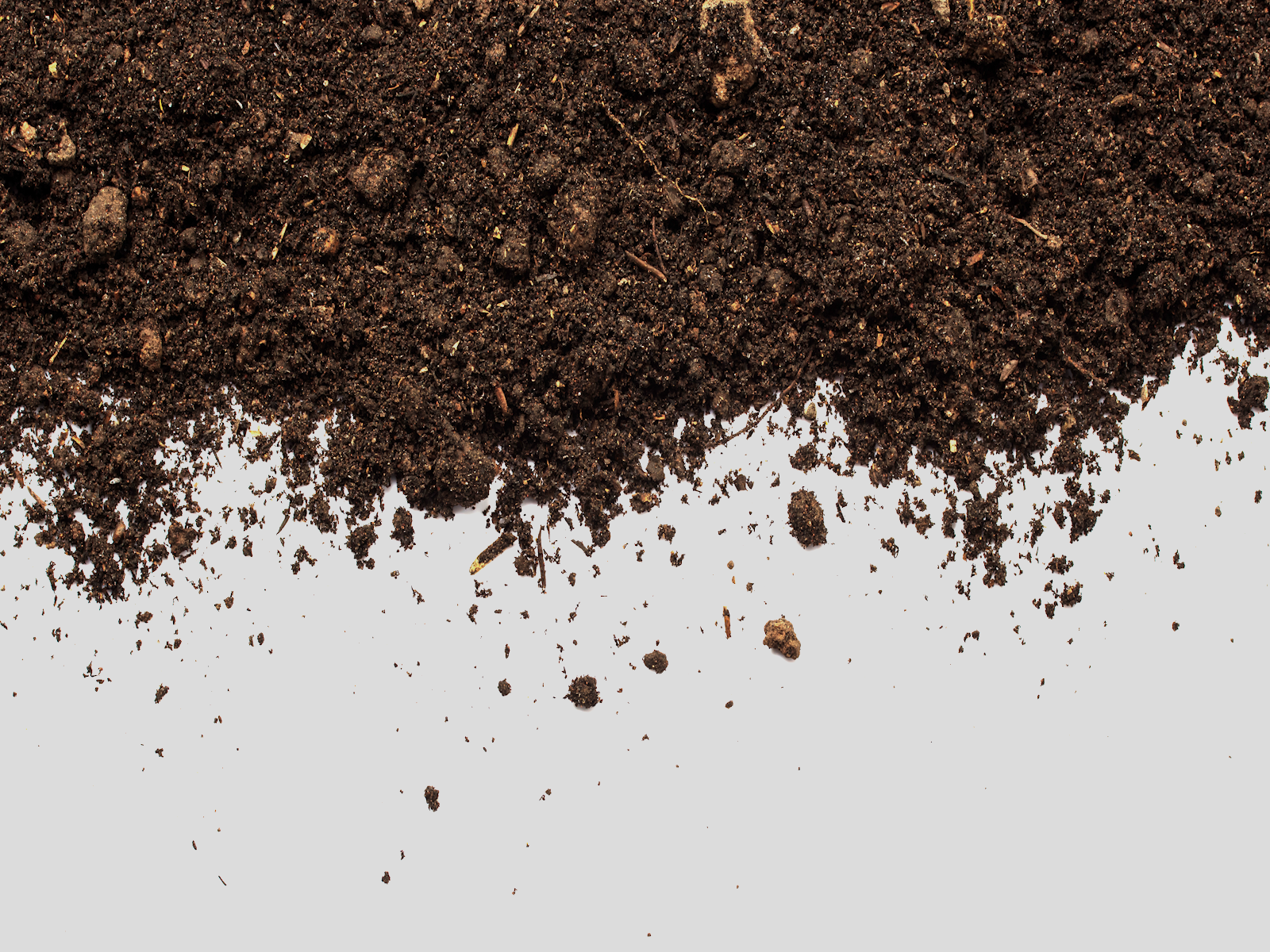Unearthing the Hidden Potential of Soil Viruses
Identifying a novel gene function on soil viruses

Researchers are the first to pin down the structure of an auxiliary protein in soil viruses.
(Image by Aggie 11 | Shutterstock.com)
The Science
In a new study, researchers are the first to pin down the structure of an auxiliary protein in soil viruses. This particular protein is unique because it is not associated with viral replication. Rather, the team discovered that the protein is equipped to break down chitin, a common source of food for soil microorganisms. In other words, the protein prepares a key food source for other microorganisms that affect carbon cycling and other molecular processes in the soil.
The Impact
This research reveals that soil viruses can contribute towards degradation of chitin—a common carbon polymer in soil—for the first time. The finding implies that soil viruses may play an active role in the cycling of carbon in soil.
Summary
Metagenomics is unearthing the previously hidden world of soil viruses. In a new study, researchers elucidated the structure of an auxiliary protein found in soil. The discovery is the first time that researchers identified a specific protein that contributes to carbon cycling in soil rather than simply replicating in underground viruses. Researchers searched existing databases for auxiliary genes in soil viruses that others had proposed encode enzymes that break down chitin. The research was conducted in concert with the Department of Energy’s Joint Genome Institute and the SLAC National Accelerator Laboratory.
Funding
This work was supported by the Department of Energy (DOE) Biological and Environmental Research (BER) program and is a contribution of the Scientific Focus Area “Phenotypic response of the soil microbiome to environmental perturbations” to JKJ and KSH. A portion of this work was performed on a project award (https://doi.org/10.46936/cpcy.proj.2021.60161/60000437) under the FICUS program to JEM and used resources at the DOE Joint Genome Institute (JGI) and the Environmental Molecular Sciences Laboratory (EMSL), which are DOE Office of Science User Facilities. Both facilities are sponsored by BER and operated under Contract Nos. DE-AC02-05CH11231 (JGI) and DE-AC05-76RL01830 (EMSL). The crystal structures were determined at the Stanford Synchrotron Radiation Light source (SSRL). SSRL is a National User Facility operated by Stanford University on behalf of the DOE, Basic Energy Sciences program under Contract No. DE-AC02-76SF00515. The SSRL Structural Molecular Biology Program is supported by BER and the National Institutes of Health (NIGMS) by Grant Number P30GM133894. Preliminary results of enzymatic function were provided by Gregor Tegland Stephen Withers from the University of British Columbia.
Published: October 14, 2022
Wu, R., Smith, C.A., Buchko, G.W. et al. Structural characterization of a soil viral auxiliary metabolic gene product – a functional chitosanase. Nat Commun 13, 5485 (2022). https://doi.org/10.1038/s41467-022-32993-8